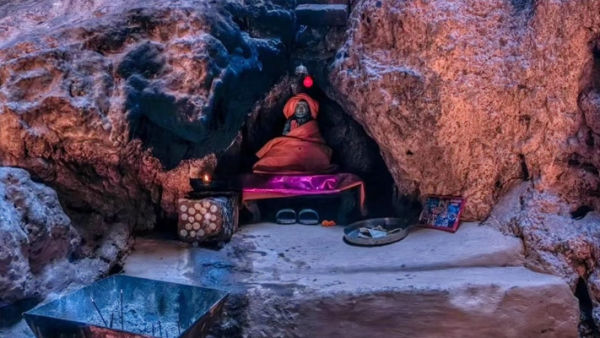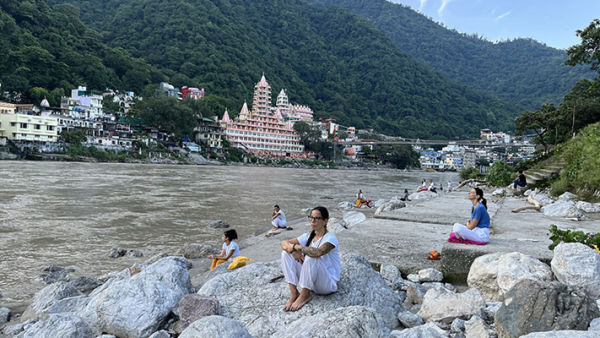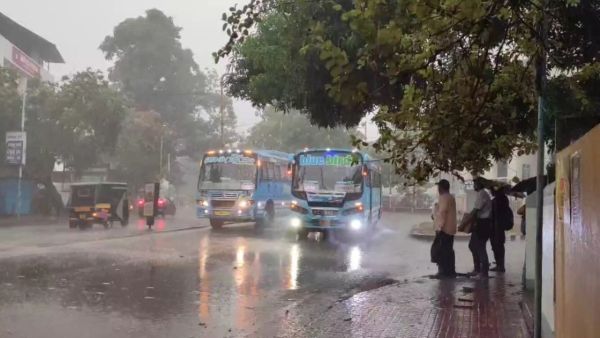Nestled just 25 km from the spiritual hub of Rishikesh, the Jhilmil Cave, also known as Jhilmil Gufa, is a hidden gem formed thousands of years ago in the Manikoot Parvat region. This living cave, shrouded in myth and mystique, beckons adventurous souls and devotees alike.
Legend has it that the cave owes its name to the sage Jhilmila Sadhu, who meditated and attained Samadhi within its depths. Dedicated to Lord Shiva's ardent disciple, Baba Gorakhnath, this cave is an ancient haven of spirituality, echoing with tales from Hindu mythology.
Marvel at the unique rock formations, stalactites, and stalagmites that adorn the cave's interior, giving it the moniker of a "living cave." The challenging trek to Jhilmil Cave adds an adventurous flair, ensuring it remains an untouched wonder far from the reach of commercialization.
The cave's acoustics amplify simple sounds, creating a meditative ambiance for those seeking solace. The trek offers panoramic views, especially during the cooler months, making it ideal for exploration from October to March.
Adjacent to Jhilmil Cave, discover Ganesh Gufa and Hanuman Gufa, natural formations resembling the deities. Naga Sadhus in deep meditation, rituals, and group prayers create an atmosphere of spirituality. Engage in birdwatching amidst the untouched flora and fauna surrounding the cave.
For accommodation, Rishikesh provides a range of options, or consider staying near Ganesh Gufa for a more immersive experience. The journey to Jhilmil Cave is an adventure through and through, offering a unique blend of spiritual retreat and natural exploration.
Getting There:
- By Air: Jolly Grant Airport in Dehradun is the nearest airport.
- By Train: Rishikesh has the nearest train station.
- By Road: Reach the cave via the Badrinath Highway, or trek from Ramjhula Bridge (5-6 hours).
Note: As Jhilmil Cave is situated in Rajaji National Park, trekking after dark is discouraged due to wildlife movement. Visit during the cooler months for an optimal experience.









